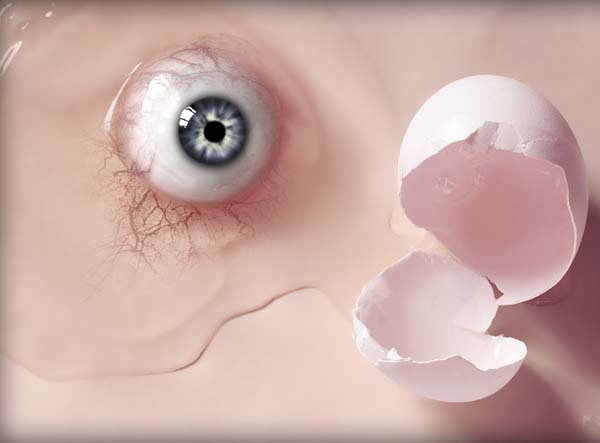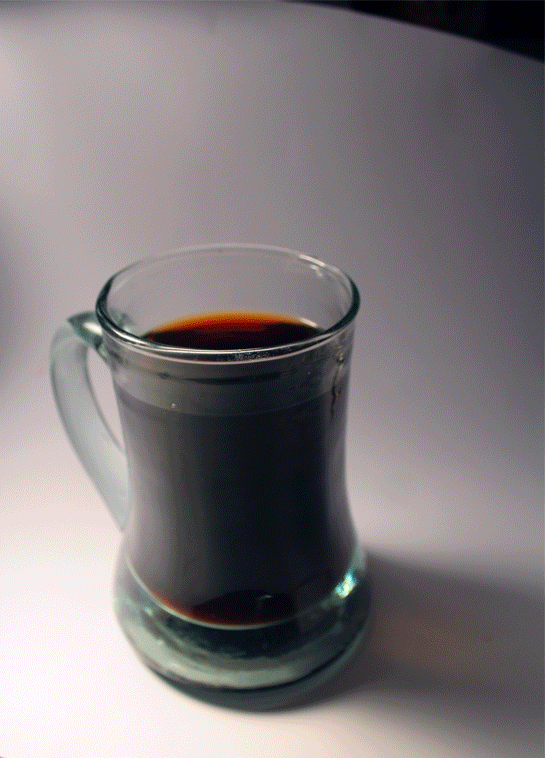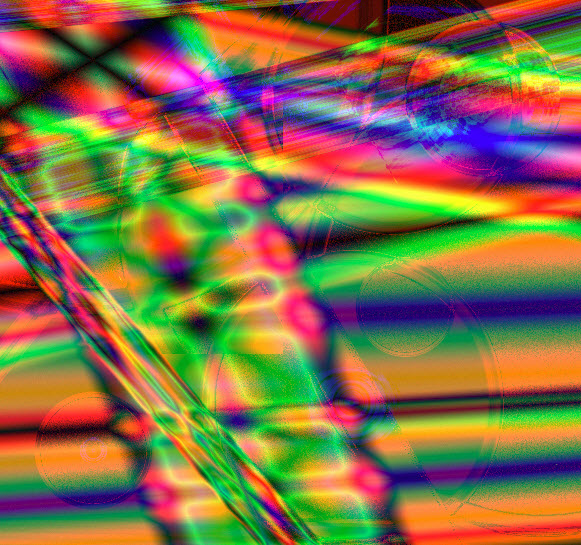Class 12 Notes are in progress and are subject to change
.
|
|
|
|
|
Class 12 Outline
Discourse
Minimize Discourse
Copy 12digital from class to groups

| What is
Photoshop good for in an academic environment (and after
graduation)?? Communications awareness - digital images are play a larger part in communications, visual literacy is vital
|
Graphical Formats Chart
What you absolutely, positively need
to know about image file formats
|
||
|
Use EPS and TIFF for print publishing. |
Use GIF, PNG, and JPG for online publishing. | |
|
TIFFs (and EPS) |
JPEGs | GIFs |
If you want to know more about TIFFs
|
If you want to know more about JPEG
|
If you want to know more about GIFs
|
What format is this graphic? How do you know??

Hands-on:
Corrections and the Clone Stamp Tool
Tiger tutorial - Digital Photos, Pixels, Resolution and File Size
Gradient Abstract Painting - create three and save them to your 12digital folder
Animations - understand frame sequence and GIF format

Part 1 - Digital Photos, Pixels, Resolution
and File Size
Read these online explanations, then answer the questions in the 12digital
homework file
Part 2 - SUMMARY: Social, Legal and Ethical Issues on the Internet
Read True Lies bySuzanne Salvo from the publication Communications World. She raises the question about how much a photo can be altered aesthetically and still be within the bounds of reasonable ethical standards. Remember that ethics are a set of rules that we invent that define what we think is good and bad. The dictionary says ethics are "a set of moral principles or values" and that ethical means "conforming to accepted professional standards of conduct". Aesthetics, on the other hand, deal with the nature of beauty, art and taste, and things that are pleasing in appearance Write a thoughtful blog entry in response to "True Lies"stating which of her opinions and guidelines you agree with (if any). Address the example she gives regarding the bunch of tulips and the notion that manipulation can take place without photo editing software of any kind. In the last sentence, sum up your personal belief regarding the ethics of photo manipulation.
<Log Off>